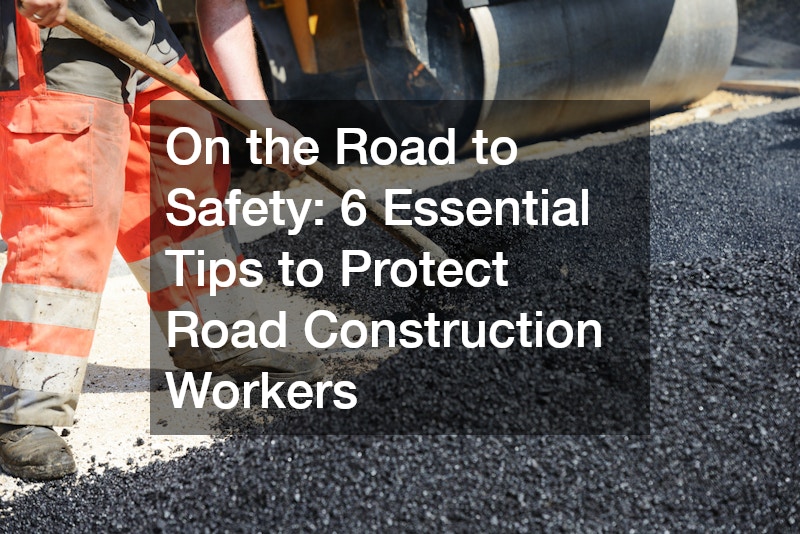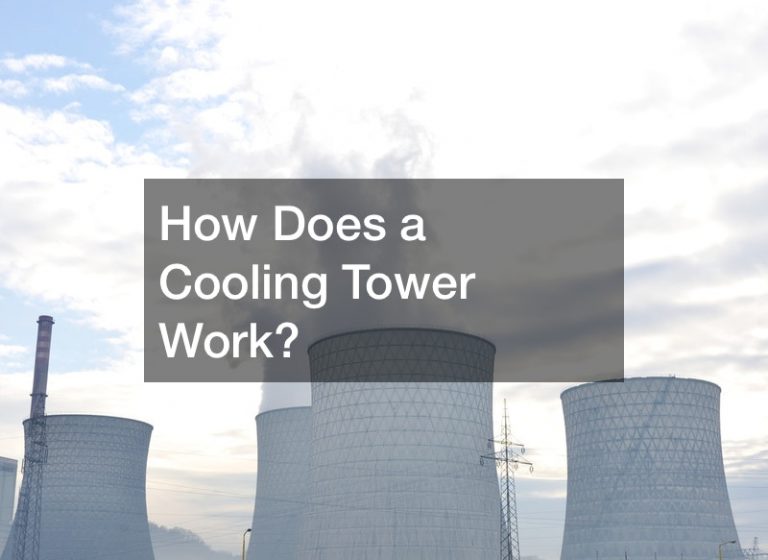On the Road to Safety: 6 Essential Tips to Protect Road Construction Workers

In the bustling world of road construction, safety isn’t just a guideline; it’s a critical component that protects lives. With the constant movement of vehicles, machinery, and personnel, the construction site presents unique hazards. Implementing effective safety measures not only ensures the well-being of workers but also promotes a culture of safety that benefits everyone on and around the site. Here are six essential tips to enhance safety and protect road construction workers.
1. Prioritize High-Visibility Clothing
One of the most effective ways to enhance safety in road construction is by wearing high-visibility clothing. Bright, reflective gear acts as a shield against the hustle and bustle of traffic and heavy machinery.
When workers don vibrant, easily noticeable attire, they significantly reduce the chances of accidents. It’s not merely a recommendation; it’s a requirement in many jurisdictions.
High-visibility clothing serves as a first line of defense against the potential dangers posed by fast-moving vehicles. When workers are easily seen, drivers are more likely to take appropriate precautions. Investing in quality high-visibility gear can be a small price to pay compared to the potential costs of accidents or injuries.
2. Implement Traffic Control Devices
Traffic control devices such as barricades, cones, and signs are not mere decorations; they are essential tools for ensuring safety in construction zones. These devices serve as silent sentinels, guiding drivers around the work area and alerting them to the presence of construction activities. Proper placement of these devices according to traffic control plans is crucial for effective traffic management.
Strategically positioning barricades and signs can help create a safe workspace by channeling traffic away from construction zones and minimizing the risk of accidents. Workers must be trained in the importance of these devices and the proper protocols for setting them up, ensuring that they are visible and effectively communicating the necessary information to drivers.
3. Utilize Personal Protective Equipment (PPE)
Each piece of personal protective equipment (PPE) worn by workers signifies their commitment to safety. From hard hats to safety goggles, PPE provides essential protection against various hazards present on construction sites. Wearing appropriate gear can be the difference between a minor incident and a life-altering injury.
However, PPE alone is not enough. Workers should undergo rigorous training to understand how to use machinery and handle hazardous materials safely. This training should be ongoing, adapting to new tools, technologies, and safety protocols. When workers are equipped with the right knowledge and gear, they are better prepared to face the challenges of their environment.
4. Foster Clear Communication
Clear communication is critical in a dynamic and often chaotic construction site. Whether through radios, hand signals, or direct verbal communication, staying connected with the team is essential for preventing accidents. Miscommunication can lead to misunderstandings that may jeopardize the safety of everyone involved.
Establishing a communication protocol helps ensure that all team members are aware of ongoing activities and potential hazards. Regular safety meetings can reinforce the importance of communication and provide a platform for workers to voice concerns or suggest improvements. Encouraging an open dialogue creates a culture of safety where everyone feels responsible for maintaining a safe work environment.
5. Stay Vigilant and Aware of Surroundings
Vigilance is perhaps the most crucial element in maintaining safety on construction sites. Workers must remain aware of their surroundings at all times, keeping an eye on the movement of vehicles and equipment. In an environment where multiple tasks are being executed simultaneously, distractions can lead to dangerous situations.
To promote vigilance, consider implementing practices such as buddy systems, where workers look out for one another. Regularly reminding the team to maintain a safe distance from moving equipment and vehicles can also help mitigate risks. With a strong culture of awareness, construction workers can collectively contribute to a safer environment.
6. Emphasize the Importance of Training
Training is a cornerstone of safety in the road construction industry. It ensures that workers are not only aware of the potential hazards they may face but are also equipped with the skills to mitigate those risks.
In the United States, safety training is mandated by various federal and state regulations. Organizations like the Occupational Safety and Health Administration (OSHA) set standards for training programs, requiring that workers receive comprehensive instruction on safety protocols, equipment handling, and emergency response. These training programs often include hands-on experience and safety drills, preparing workers for real-life scenarios they may encounter on the job.
In the United Kingdom, on the other hand, the New Roads and Street Works Act (NRSWA) governs the training of streetworks personnel. Under this legislation, workers must undergo NRSWA streetworks reassessment to make sure they remain competent in their roles. This reassessment focuses on updating skills, understanding new regulations, and promoting safe working practices.
Ultimately, prioritizing training not only enhances the individual skills of workers but also fosters a culture of safety that protects everyone on the construction site. By investing in regular training and reassessment, companies can guarantee that their workforce is well-prepared to tackle the challenges of road construction while prioritizing safety above all else.
The Bottom Line
Building safety on road construction sites is a shared responsibility that requires a commitment from everyone involved. By prioritizing high-visibility clothing, implementing effective traffic control devices, utilizing personal protective equipment, fostering clear communication, and maintaining vigilance, we can significantly reduce the risks faced by construction workers.
Safety is not just about following rules; it’s about creating an environment where workers can thrive without fear of harm. As we continue to develop our roads and infrastructure, let’s keep safety at the forefront, ensuring that every worker returns home safely at the end of the day. Together, we can forge a safer future for everyone on the road.
.







